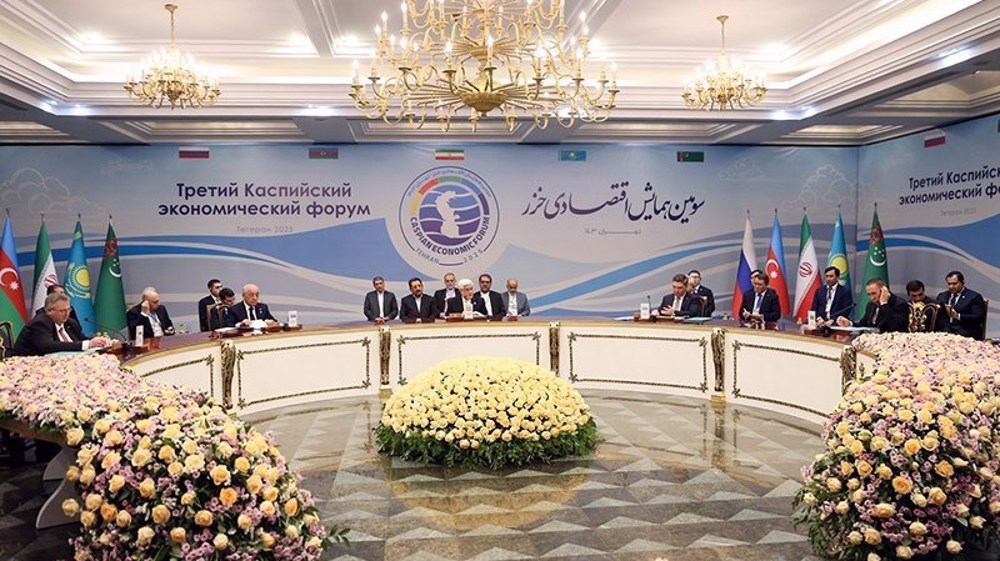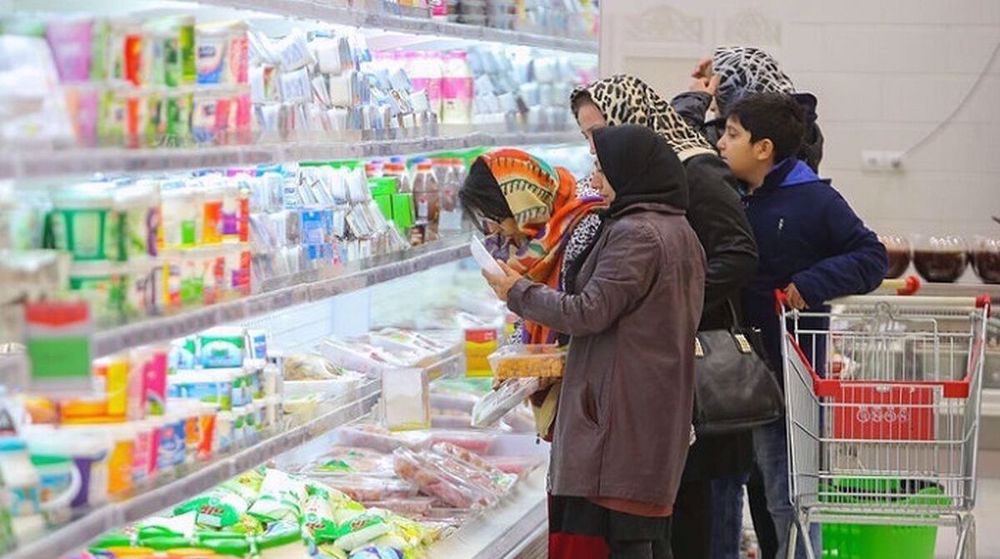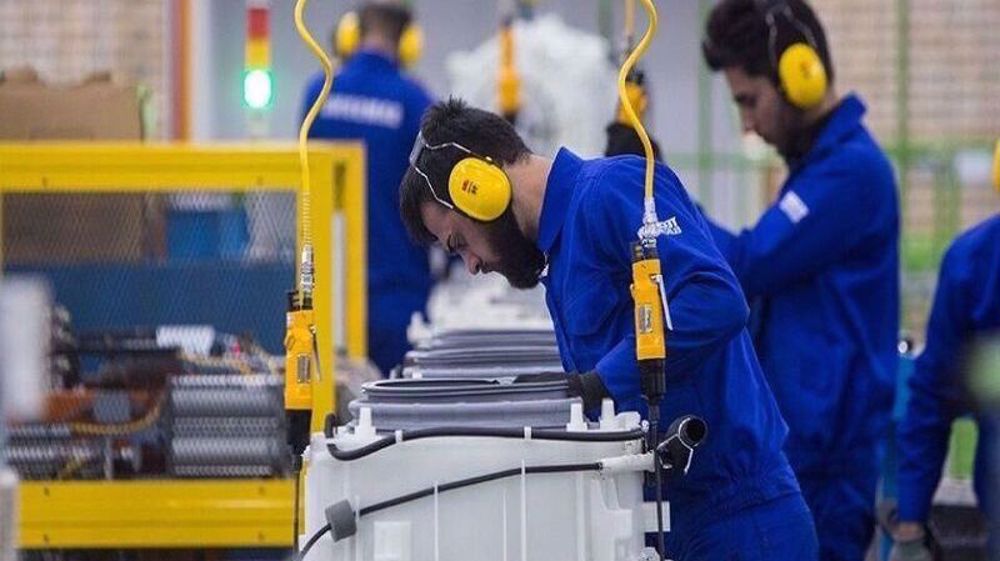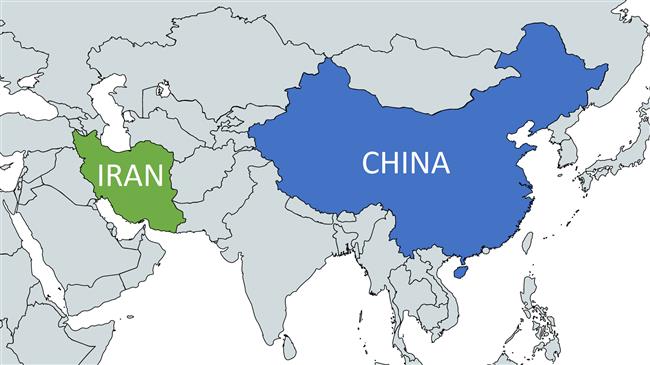Iran-China strategic partnership deal awaits finalization
Iran and China have agreed to develop a 25-year roadmap for strategic partnership, with the idea first conceived in the 1990s, but the two sides have yet to finalize it for implementation.
Relations between Iran and China go as far back as the ancient Silk Road, but they are gaining strategic significance because the West’s refusal to work with Iran under the US pressure and its efforts to clip China’s wings and stop its economic and political rise is automatically pushing Tehran and Beijing into an alliance of sorts.
Since the 1979 Islamic Revolution, American businesses have been prevented from trade with Iran, while their European counterparts have withdrawn amid US threat of sanctions. That has helped Chinese companies move in and fill the void.
As a result, Iran and China have forged a unique partnership which is almost impossible or not easily viable with any other country.
China is still Iran’s biggest oil client despite Washington’s bid to bring Tehran’s exports down to zero. The oil money is deposited in Chinese banks, and the assets are used to fund development projects carried out in the Islamic Republic.
No US or European bank currently processes Iran-related transactions, making Beijing an ideal trade partner for Tehran.
For China, it cannot get any better. As the rising Asian giant is pushing a trillion-dollar Belt and Road Initiative, Iran is regaining its glorious significance of the ancient days when it connected Asia to Europe and Africa through land routes.
Iran’s rail sector had become a magnet for rail engineering and rolling stock firms from all over the world before US sanctions in 2018 forced them to withdraw. The pullout left the Chinese with a less contested business terrain.
Beijing’s biggest transportation project in Iran is worth $1.5 billion to electrify the rail line from Tehran to Mashhad for a length of 926 kilometers.
There are also plans to establish a Tehran-Qom-Isfahan high-speed train line and to extend this upgraded network up to the northwest through Tabriz.
The railway is part of the 2,300-kilometer New Silk Road that will link Urumqi in China’s resource-rich Xinjiang province to Tehran, connecting Kazakhstan, Kyrgyzstan, Uzbekistan and Turkmenistan along the way and extending to Europe via Turkey.
Tabriz, home to a number of key oil, gas and petrochemical and other industrial sites, and the starting point for the Tabriz-Ankara gas pipeline, will be a pivot point in the route.
Transportation is a key area in the two countries’ dream to forge new frameworks for global trade and developing their markets in Asia, but they have yet to put pen to paper and sign the strategic partnership agreement first.
Iran’s Foreign Ministry said on Monday that the agreement has not been finalized yet, adding its contents will be publicized once it is complete.
Earlier this month, Government spokesman Ali Rabiei described it a "win-win” plan for cooperation in the face of US efforts to isolate the Islamic Republic.
According to President Hassan Rouhani, the plan paves the way for China’s participation in infrastructure development projects in Iran. He has called it an opportunity to attract investment in industry, tourism, information technology and communication sectors.
"The document is in line with the interests of the two countries,” Foreign Ministry spokesman Abbas Mousavi said on Monday.
Well-regarded energy industry publication the Petroleum Economist wrote last September that Iran and China had updated their 25-year deal signed first in 2016 that foresaw $400 billion of Chinese investment in the resource-rich Middle Eastern nation.

According to the publication, the deal represented "a potentially material shift to the global balance of the oil and gas sector” and could mark a "seismic shift in the global hydrocarbons sector” where no US dollars would be involved in commodity transaction payments.
"The central pillar of the new deal is that China will invest $280 billion, developing Iran’s oil, gas and petrochemicals sectors,” said the monthly magazine which spoke to "a senior source closely connected to Iran’s Petroleum Ministry” during Iranian Foreign Minister Muhammad Javad Zarif’s visit to Beijing in August 2019.
"There will be another $120 billion investment in upgrading Iran’s transport and manufacturing infrastructure, which again can be front-loaded into the first five-year period and added to in each subsequent period should both parties agree,” it added.
One unnamed Iranian source was quoted as saying at the time that China’s close involvement in the build-out of Iran’s manufacturing infrastructure would be entirely in line with its mammoth One Belt, One Road initiative.
The report said the agreement included a clause allowing at least one Russian company to have the option of being involved in the projects alongside Chinese operators.
According to the Petroleum Economist, one key upside of the deals flowed from the fact that both China and Russia hold seats on the UN Security Council, making it difficult for the US or any other adversary to further sanction Iran.
"In order to circumvent any further ramping up of sanctions—and over time encourage the US to come back to the negotiating table—Iran now has two out of five UNSC votes on its side,” it quoted the Iranian source as saying.
The two major powers are currently angling to curb a US plan at the UN Security Council to extend an Iran arms embargo which is due to be lifted in October, reports have said.
Beijing has pushed back against the United States, saying China's cooperation with Iran is legitimate under international law and should be "respected".

Strategic chance for Caspian states at Tehran forum

Iran taps wealth fund to spend $1bn on subsidized food for households

Iran’s jobless rate down 0.4% y/y in Dec quarter to 7.2%: SCI
IRGC dismantles multiple US, Israeli spying networks in northern Iran
Two Israeli soldiers flee Amsterdam over arrest warrant fears
Iran rebukes US 'colonial' plan for forced relocation of Gazans
'Existential threat': Israel to seize Armenian properties in al-Quds
Pezeshkian: Iran-Russia deal manifestation of mutual cooperation
Far-right Israeli minister calls for 'forced' relocation of Gazans
BBC pro-Israel bias in reporting Gaza genocide
VIDEO | Legalities of Trump’s deportation of immigrants








 This makes it easy to access the Press TV website
This makes it easy to access the Press TV website